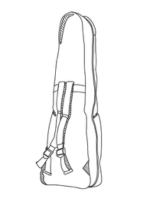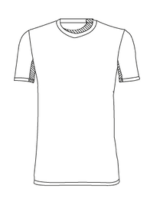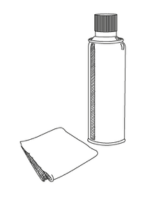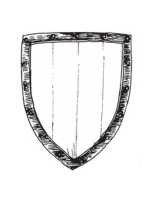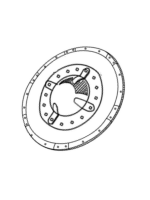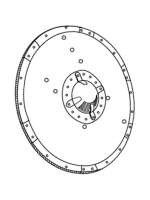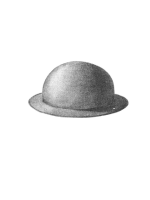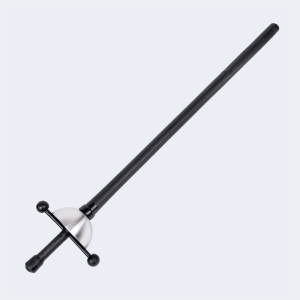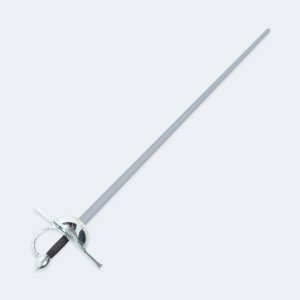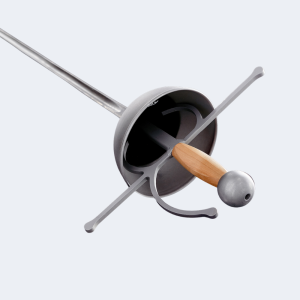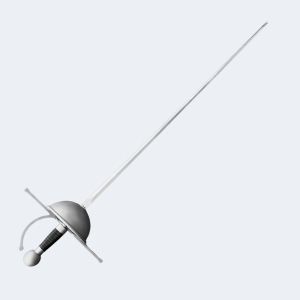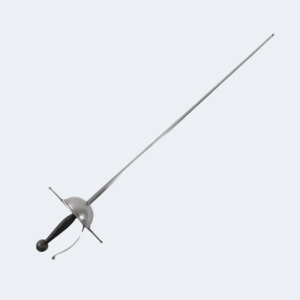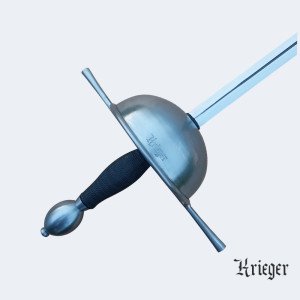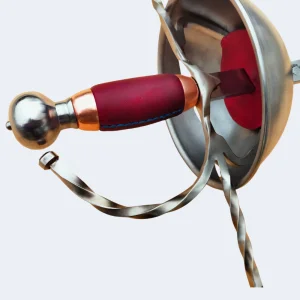The rapier, emblem of Renaissance civilian fencing, marks a significant evolution in the art of European sword combat. Appearing towards the end of the 15th century in Italy, it quickly spread across Europe, becoming the weapon of choice for gentlemen until the early 18th century.
Characterized by its thin and long blade, usually 90 to 110 cm, and its complex guard, the rapier was primarily designed for thrusting, although capable of delivering cutting blows. Its development reflects the evolution of civilian duels and the increasing importance of precision and speed in individual combat.
In the context of HEMA, the study of the rapier offers a fascinating window into Renaissance fencing techniques. Treatises by masters like Ridolfo Capo Ferro or Salvator Fabris provide a rich source of information on its handling. The practice of the rapier in modern HEMA emphasizes finesse, precision, and speed, often combined with the use of a dagger or cape in the left hand, thus reflecting the sophistication of combat techniques of the time.










